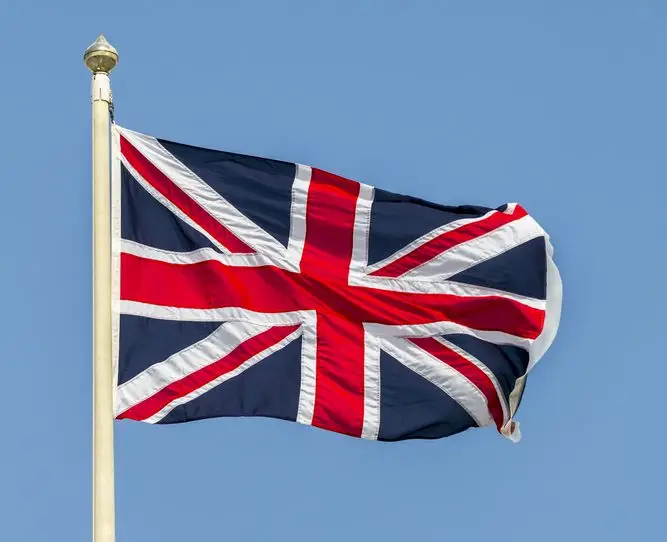
Frankfurt, July 21, 2022 (AFP) – The European Central Bank is preparing to raise interest rates for the first time in more than a decade amid fears of an energy crisis and bleak economic prospects in the eurozone.
But at the same time, the European establishment must be careful not to exacerbate the economic crisis in the eurozone, which has already been weakened by gas supply problems and the political crisis in Italy.
Italian Prime Minister Mario Draghi submitted his resignation on Thursday. With his pedigree as a former head of the European Central Bank, markets have been looking at him as a stabilizing factor.
With inflation rampant, European Central Bank leaders are determined to raise interest rates by at least a quarter of a percentage point from their current, historically low level.
Consumer prices rose 8.6% year-on-year in June, a record for the eurozone and above the European Central Bank’s annual target of 2%.
The increase was due to supply chain disruptions and rising energy costs in the wake of Russia’s invasion of Ukraine, but the European Central Bank is also assessing economic activity in Europe.
On Thursday, Russia reopened the flow of gas to Europe, after a 10-day suspension of operations in the Nord Stream pipeline, but with only 40% of its capacity.
Europe’s dependence on Russian energy imports is worrying European authorities, with rationing expected if Moscow suspends gas supplies.
The European Commission on Wednesday presented a plan to cut gas consumption by 15% in order to mitigate potential economic impacts.
But the European Central Bank is facing pressure for larger increases in the face of persistent inflation, rate hikes in the UK and the US, and a weaker euro against the US dollar.
Central banks often hesitate to raise interest rates when the economy faces a sensitive situation, “but inflationary pressures have increased to the point where the European Central Bank needs to step in,” notes Frederic Ducrozette of Pictet Wealth Management.
He says finding a balance between growth and inflation appears to be an “impossible equation” for the European Central Bank.
The deposit rate at the European Bank has been negative for the past eight years and is currently -0.5%.
These fees, which mean that banks pay to leave their money in the European Central Bank, are designed to stimulate lending and economic activity, but at the same time stimulate inflation.
European Central Bank President Christine Lagarde said the aim was to get rates out of negative by the end of September as part of a series of “gradual but steady” increases.
The US Federal Reserve and the Bank of England have already gone ahead and started raising interest rates more aggressively.
The last time the European Central Bank raised interest rates was in 2011, but the European debt crisis soon forced the institution to reverse course.
The European Central Bank’s announcement in June that it would raise interest rates caused the cost of borrowing in the eurozone’s most indebted countries to rise faster than others.
For this reason, the European Central Bank said it will reinvest bonds “flexibly” to absorb the debt of the most risky countries and relieve pressure. It also began designing a new crisis tool to keep its monetary policy moves “transferred” with bond purchases.
sea / mfp / mas / meb / zm / mr
ING GROEP

“Friendly zombie guru. Avid pop culture scholar. Freelance travel geek. Wannabe troublemaker. Coffee specialist.”






